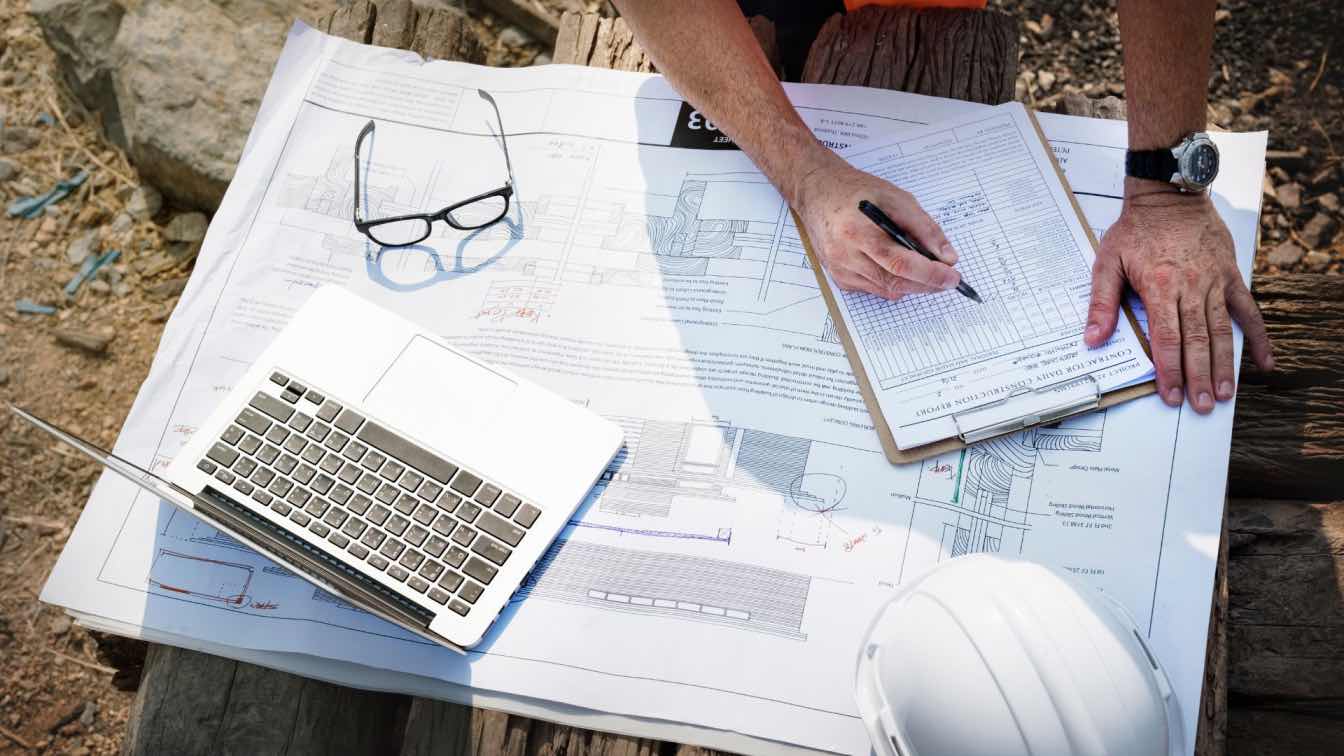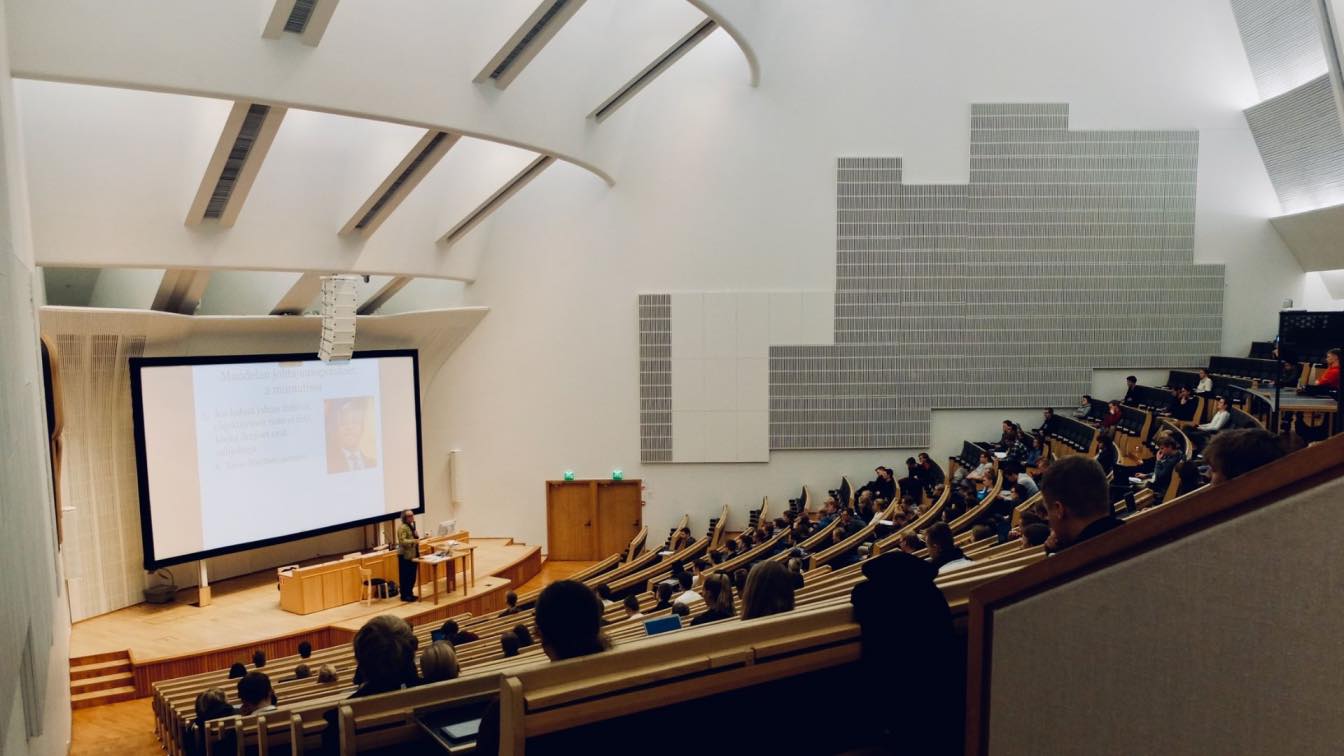If you’ve ever been involved in managing construction permits, you know how time-consuming and frustrating the process can be. Between filling out paperwork, coordinating with city departments, waiting on approvals, and trying to keep track of who said what and when—it can feel like an entire job in itself.
But there’s a shift happening. Slowly but surely, technology is catching up to one of the most outdated parts of the construction process: permitting. As more cities and construction firms look for ways to work smarter, not harder, permit solutions are starting to evolve in some exciting—and long overdue—ways.
So, what’s coming next? Here’s a look at where things are headed in the world of construction permitting and how it might actually make life a little easier for those of us in the field.
1. The Move Toward Fully Digital Permit Processes
A lot of cities already let you submit permits online, but in most cases, it’s still a half-digital, half-manual process. You might be able to upload your documents, but then you're stuck waiting for email responses, phone calls, or printed approvals.
In the near future, we’ll likely see fully digital permitting systems where everything—from submission to final approval—can happen in one place, without printing a single page. It’s about time. With cloud-based systems, both cities and contractors will be able to track progress, communicate more efficiently, and cut down on delays caused by missing paperwork or miscommunication.
2. AI-Assisted Review to Speed Things Up
Artificial intelligence may sound like a buzzword, but it has real potential to change how plans are reviewed. Instead of waiting weeks for a person to comb through your documents, AI can scan permit applications and building plans in minutes, catching missing info, code violations, or inconsistencies before they slow down the process.
This won’t replace human reviewers anytime soon, but it can help streamline things by flagging common issues early on. For contractors, that could mean faster feedback and fewer resubmissions.
3. Everything in One Place: Integrated Software Systems
Right now, most construction teams use a variety of tools for different tasks—project management software, design platforms, email, spreadsheets, and so on. But permit tracking often lives outside that system, making it hard to keep everything synced.
One trend we’re seeing is the integration of permitting tools into broader construction management platforms. So instead of juggling five different apps, your permitting updates, reminders, and documents can live right next to your project schedule, site reports, or budget. That kind of visibility saves time, keeps teams aligned, and helps avoid compliance issues slipping through the cracks. To learn more about this, click here.
4. Using Blockchain for Better Recordkeeping
While still in early stages, some experts are looking into blockchain technology as a way to make permitting more secure and transparent. What does that mean in practice? Essentially, it could create a tamper-proof, time-stamped record of every step in the permitting process.
This would be especially useful for larger projects or firms dealing with multiple jurisdictions. Everyone would be able to see what’s been done, when it happened, and by whom—with no room for confusion or backtracking.
5. Tying in GIS and BIM for Smarter Permitting
A lot of construction permitting depends on location—zoning, flood zones, utility access, environmental regulations, and more. In the future, we’ll likely see more permit systems that pull in GIS (Geographic Information System) data to provide instant insights about a site.
Even better, these systems could connect with your BIM (Building Information Modeling) tools, letting you flag zoning or code issues right inside your project model. Instead of being surprised by a rejection weeks after you’ve submitted, you could catch and fix the problem during the design phase.
6. Mobile-Friendly Tools for the Job Site
Construction isn’t a desk job. Whether you're a superintendent, project manager, or subcontractor, you’re probably spending more time on-site than in the office. That’s why mobile permit solutions are going to become even more important.
Imagine being able to check permit status, upload inspection photos, or receive city updates right from your phone. No more driving back to the trailer to print something or waiting for an office response. That kind of access makes a big difference when you're trying to keep things moving.
7. Predictive Tools to Help with Planning
Once enough data is built into these systems, permitting platforms will start getting smarter. Based on your project location, type, and size, they’ll be able to estimate how long the process will take, which documents you’ll need, and which steps are likely to slow you down.
This kind of prediction helps firms plan better, communicate timelines more clearly to clients, and avoid surprises that throw off the schedule.
8. Better City Interfaces and More Collaboration
Let’s be honest: a lot of government websites and portals aren’t exactly user-friendly. But as cities start upgrading their systems and seeing the benefits of digital workflows, we’re going to see better-designed platforms and more responsive permitting departments.
The goal isn’t just speed—it’s clarity. Future permitting platforms will walk applicants through the process, give real-time updates, and make it easier for city staff and contractors to communicate without constant back-and-forth.
What It All Means for Construction Firms
All of this sounds great—but what does it mean for day-to-day operations?
In short, things will get easier, but only for the firms that are ready to adapt. The future of permitting is about being proactive instead of reactive. It’s about having the right tools in place, knowing how to use them, and staying on top of changes in your local jurisdictions.
Firms that embrace digital solutions will find themselves ahead of the curve—not just in compliance, but in overall project delivery. You’ll be able to move faster, reduce risks, and build better relationships with clients and city agencies alike.
Final Thoughts
Construction permitting has been stuck in the past for too long. But the good news is, the future looks a lot more efficient, transparent, and manageable. Whether it’s through AI-driven reviews, smarter integrations, or easier mobile access, the way we handle permits is changing for the better.
The challenge now is keeping up—and being ready to take advantage of the tools that are already starting to roll out. Because while no one enjoys dealing with permits, they don’t have to be a headache. With the right systems in place, they can actually become one of the smoother parts of your workflow.





